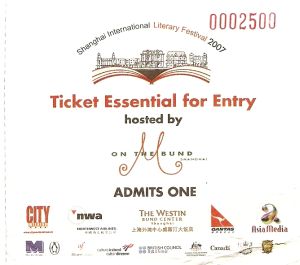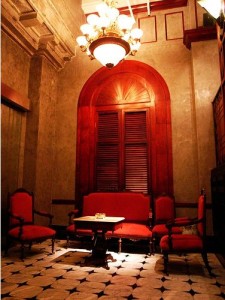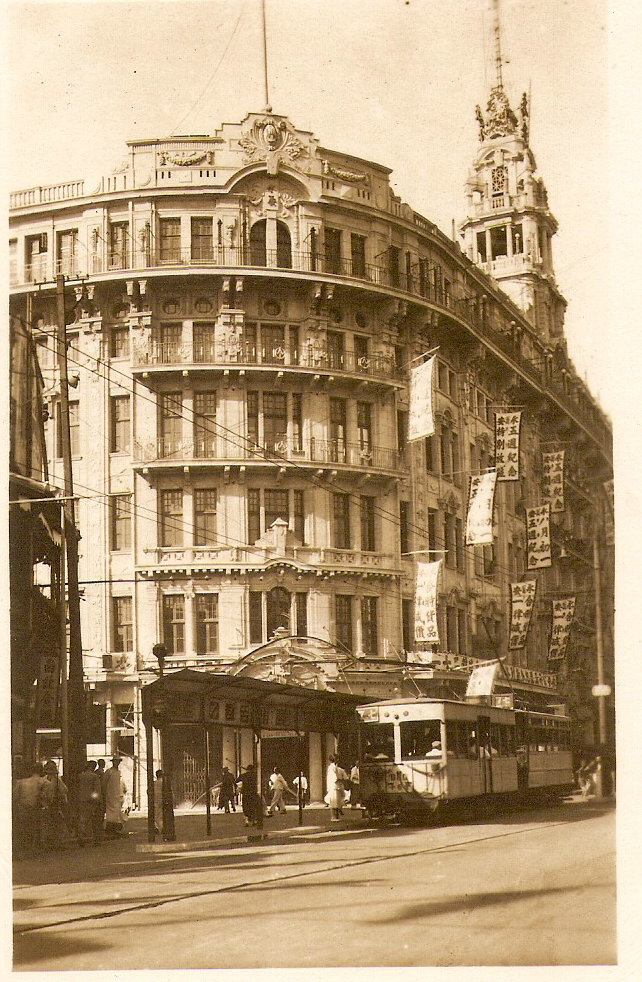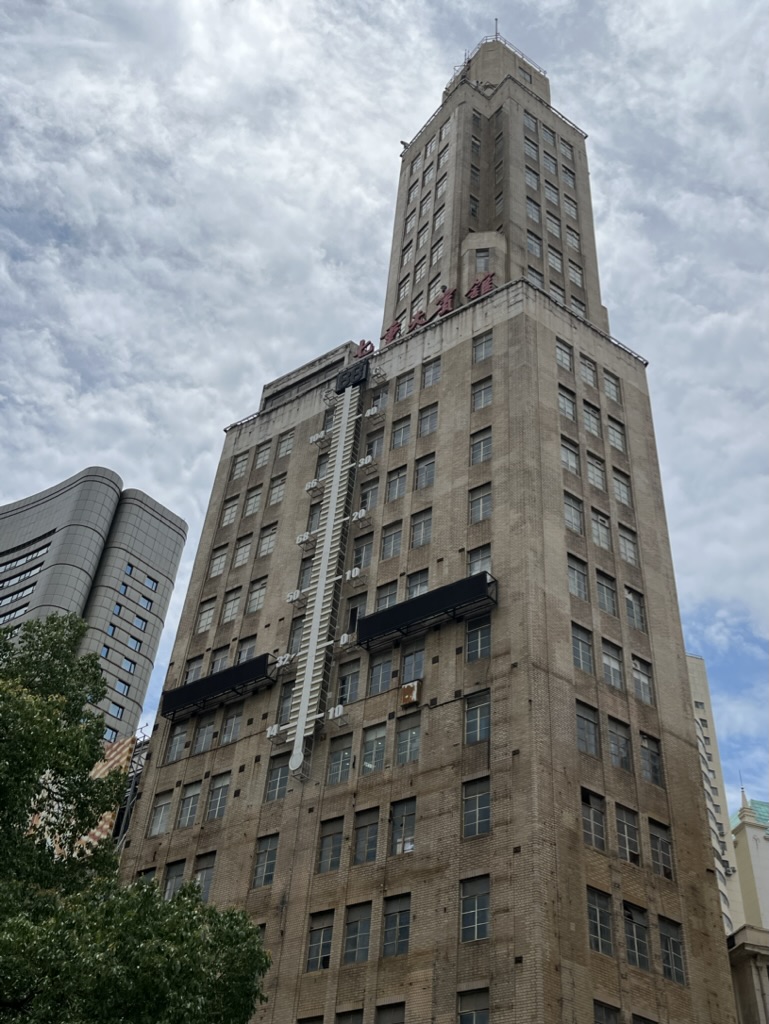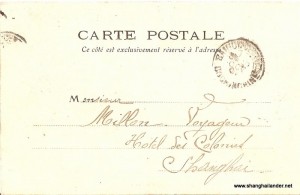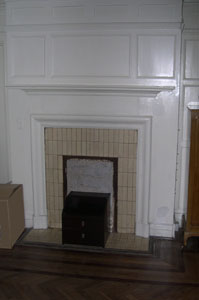


In an age of light speed communication, I did not take the
time for month to write a post on this blog. It’s always the same spiral, when
one loses the habit, try to catch up and ends up forgetting about at the end.
It’s not that I did not want any more, time seems to have just
fly these last months. Work has been intense in the first half of the year, and
two major changes have been swallowing most of my free time including the one
dedicated to blog writing.
First of all I have to introduce my girlfriend Jiajia to my readers.
We have been together since late last year and our relationship is going
strong. Although she does not write it, Jiajia has a major influence on this
blog. She is one of the very few Chinese people that I know who is actually
interested in Shanghai’s
history. We go to markets together, bargaining with sellers and discovering even
more interesting things. As a matter of fact, my research into the old Shanghai has become a lot of our research into the old Shanghai. I have also become the president of the French Speaking
association of Shanghai
(www.cerclefrancophonedeshanghai.com).
Although I am highly honored to be elected at this post, it swallows an
enormous lot of my time, again competing with other activities such as reading
books and writing this blog. I have been kind of submerged by it and it’s now
only that I am on vacation that I finally find time to actually write. It’s not
that I missed ideas, as the stack of my old documents related to Shanghai has increased a
lot since the time I stopped writing… but other priorities came along. I
also had to stop my Chinese lessons and I am not sure that I will be able to
restart them anytime soon. I will try to be more thorough about this from now
and catch back with writing this blog.
